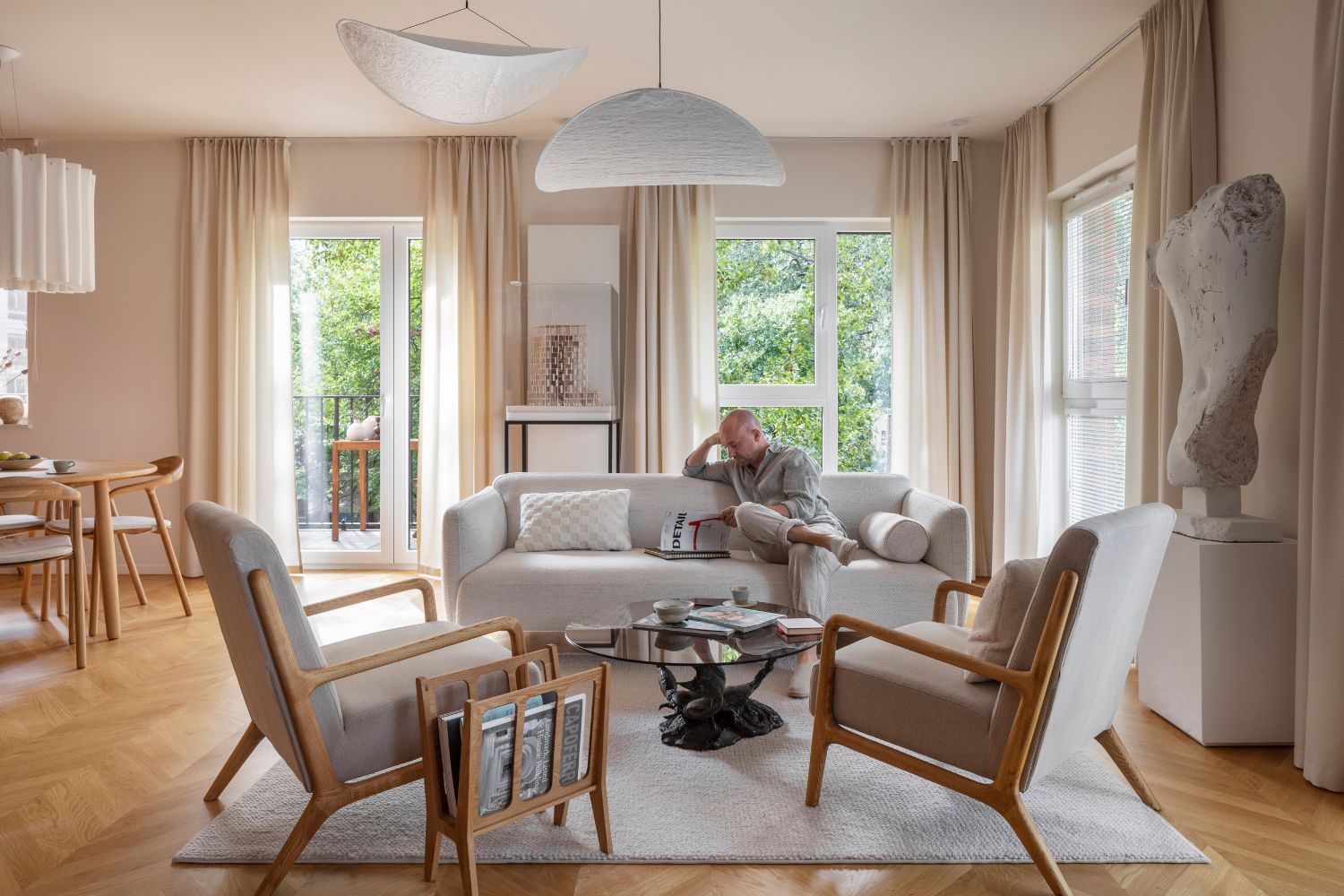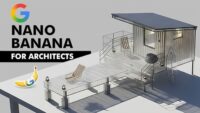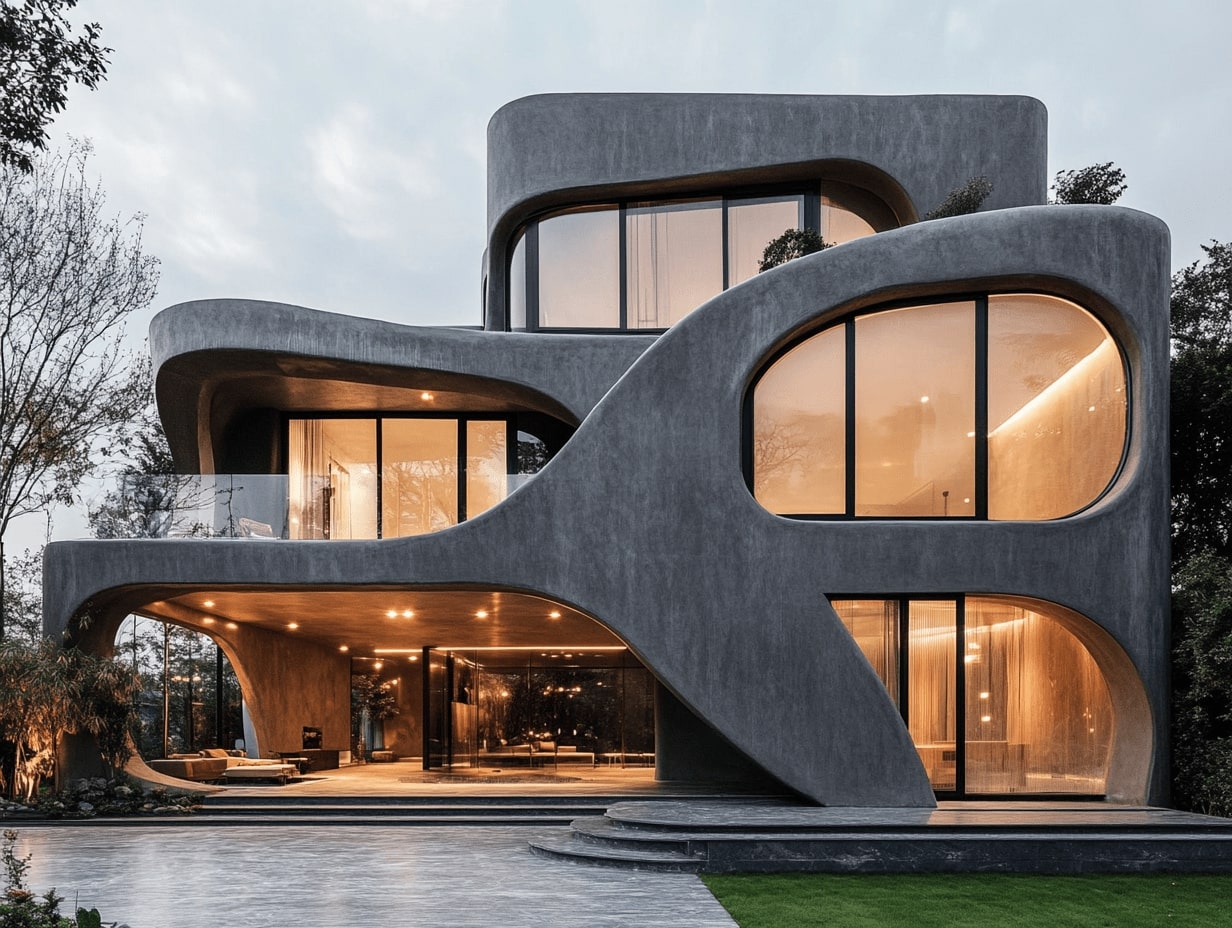- Home
- Articles
- Architectural Portfolio
- Architectral Presentation
- Inspirational Stories
- Architecture News
- Visualization
- BIM Industry
- Facade Design
- Parametric Design
- Career
- Landscape Architecture
- Construction
- Artificial Intelligence
- Sketching
- Design Softwares
- Diagrams
- Writing
- Architectural Tips
- Sustainability
- Courses
- Concept
- Technology
- History & Heritage
- Future of Architecture
- Guides & How-To
- Art & Culture
- Projects
- Interior Design
- Competitions
- Jobs
- Store
- Tools
- More
- Home
- Articles
- Architectural Portfolio
- Architectral Presentation
- Inspirational Stories
- Architecture News
- Visualization
- BIM Industry
- Facade Design
- Parametric Design
- Career
- Landscape Architecture
- Construction
- Artificial Intelligence
- Sketching
- Design Softwares
- Diagrams
- Writing
- Architectural Tips
- Sustainability
- Courses
- Concept
- Technology
- History & Heritage
- Future of Architecture
- Guides & How-To
- Art & Culture
- Projects
- Interior Design
- Competitions
- Jobs
- Store
- Tools
- More

Making physical model is significant for working on your project and architectural presentations. Architectural representation is one of the way that refers your design. If you want to improve your physical model making skills, follow these steps that we recommend. It is important that physical models are adequate in terms of aesthetics, proportion and scale, both to enhance your presentations and to improve your 3D representation abilities.
Draft Models

Working with draft models allows you to think in 3D conceptually while developing your project. With conceptual models, you can study all kinds of approaches in an abstract and concrete way. You can get better results in the final by identifying the deficiencies and approaches of your project on your draft models.
You can work with waste and recyclable materials in draft models without worrying about aesthetics.
Materials

The material is the element that will best display your project model. The most successful physical models are those made from a single material and a single color. Depending on your façade material and site context, we generally recommend making models with organic materials. Making a physical model with aesthetically qualified materials also better represents your project ratio and design. For a solid physical model, you can use balsa, wooden sticks, plexiglass or aluminum sheets.
Cutting Tools

One of the most important issues in the physical model is to cut and combine quality materials with quality. It is important that both opaque and transparent materials look and have a clean finish. We recommend that you make models with laser cutting machine as much as possible. One of the most important issues in the physical model is to cut and combine quality materials with quality. It is important that both opaque and transparent materials look and have a clean finish. We recommend that you make models with laser cutting as much as possible.
- 3D model building tips
- Architectural Model
- architectural model building
- Architectural Model Tips
- Architecture Student Models
- best practices in model building
- Build Physical Models
- DIY physical models
- how to build a model
- how to make scale models
- model building for students
- model building guide
- model building techniques
- model building tutorials
- model construction tips
- model making advice
- model making for beginners
- Model Making Materials
- model making process
- model making tools
- Physical model building
- physical model examples
- Physical Model for Architects
- scale model making
- step-by-step model building
- tips for creating models
Submit your architectural projects
Follow these steps for submission your project. Submission FormLatest Posts
Understanding the Architecture Design Process: Key Stages, Tools, and Future Trends
Explore the intricate architecture design process, where creativity meets functionality to craft...
Discover How to Find Architectural Inspiration: Tips for Creative Design
Discover how to ignite your architectural creativity by drawing inspiration from your...
5 Essential Principles of Architecture Design for Lasting Impact
Discover the five essential principles of architectural design that transform mere structures...
Beneficial Strategies for Architectural Students to Refine Concept
Enhance your architectural project concepts with our expert guide. From embracing design...












Leave a comment